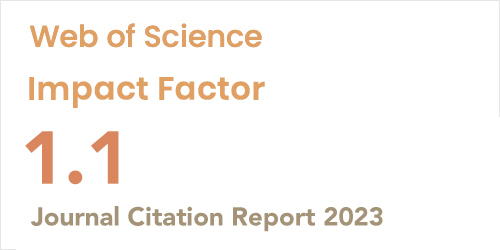Abstract
The current work evaluates thermally the role of shading films in mitigating the heat gain through regular glazing unit, as an energy saving application. The study used experimental data collected in an actual building, and theoretical models used to calculate the heat gain and cooling load. The study served several reflective films with different colors, manners and shading rates. The measurements included the values of temperature (indoor and surface), solar radiation and light intensity. The results manifested the potential of these sheets to eliminate the solar radiation by more than 70%, and decrease the heat gain via up to 50% in comparison with the conventional clear window. A film with medium shading rate (50%) reduces the heat gain through the window up to 40%, which reduces the corresponding energy consumption by 290, 400, 480 and 540 W, in cases of using gray, red, black and retro-reflective films, respectively. This will save the energy by 3.7, 5.1, 6.2 and 6.9%. Furthermore, the use of very dark films leads to undesired rise in the internal surface temperature, as well as weak light indoor. The use of retro-films elucidates suitable light indoor and doesn’t show that rise in the surface temperature owing to the ability in reflecting the rays right back without diffusion. The novelty is presenting findings of a realistic and actual investigation for the effect of shading films in the reduction of heat passed through the glass of a building in an extreme hot area. However, the study can be considered as an effective passive technique to withstand the overheating due to global warming and assigned within adaptation and mitigation policy.























